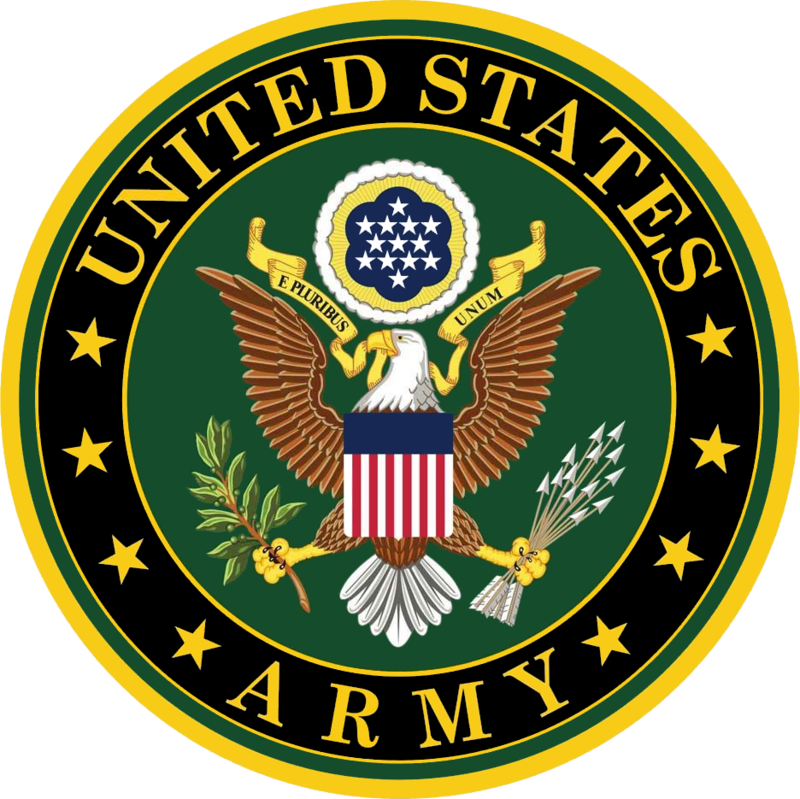ABOUT 8-61 ADA
- Lineage: The 8th Battalion, 61st Air Defense Artillery Regiment (8-61 ADA) traces its origins to the 61st Artillery, Coast Artillery Corps, which was constituted during World War I in 1917.
- World War II Service: The regiment, including its subsequent battalions, saw extensive service during World War II, participating in campaigns across Europe and earning several unit decorations.
- Cold War Role: During the Cold War, 8-61 ADA was activated as part of the Army’s modernization efforts, specifically to operate air defense missile systems in Europe, protecting NATO forces from potential Soviet air attacks.
- Hawk Missile System: 8-61 ADA became well-known for being equipped with the MIM-23 HAWK (Homing All the Way Killer) missile system, a medium-range surface-to-air missile used to counter low- to medium-altitude aerial threats.
- Stationed in Germany: For much of its Cold War service, 8-61 ADA was stationed in Germany, mainly in the areas around Würzburg and Schweinfurt, as part of the U.S. Army Europe’s integrated air defense network.
- NATO Operations: The battalion regularly participated in joint NATO exercises and operations, emphasizing interoperability with allied air defense units and strengthening transatlantic defense ties.
- Distinctive Insignia: The unit’s distinctive insignia features a red shield with a missile, symbolizing its air defense mission, and gold elements representing excellence and honor in service.
- Deactivation: 8-61 ADA was eventually inactivated in the post-Cold War drawdown as U.S. forces in Europe were reduced and air defense missions were consolidated or transitioned to newer technologies like the Patriot missile.
- Unit Motto: The motto of the 61st Air Defense Artillery Regiment is “Non Est Ad Astra Mollis E Terris Via,” which translates to “The Way to the Stars Is Not Easy,” reflecting the challenge of defending against aerial threats.
- Veteran Legacy: Veterans of 8-61 ADA continue to maintain an active community, sharing stories and preserving the history of the unit through reunions, social media groups, and historical projects.

